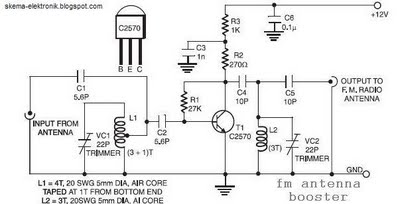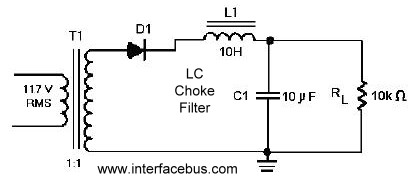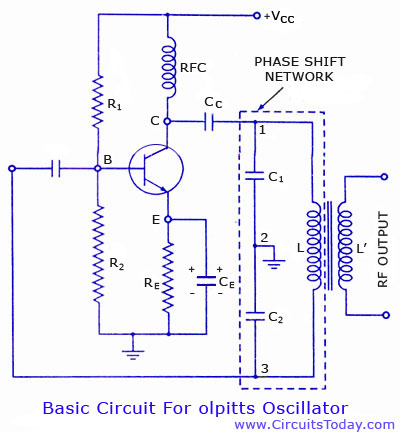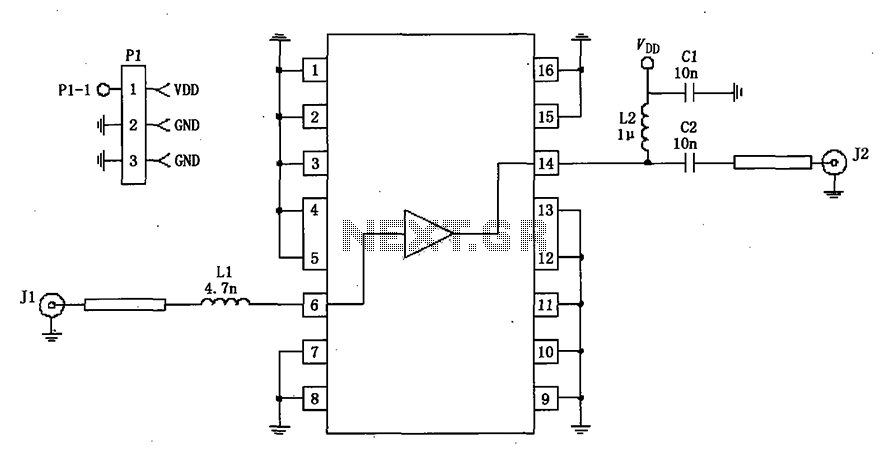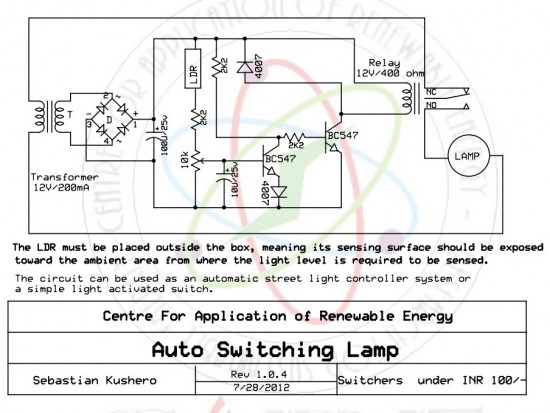
Outdoor Garden Solar Lights circuit
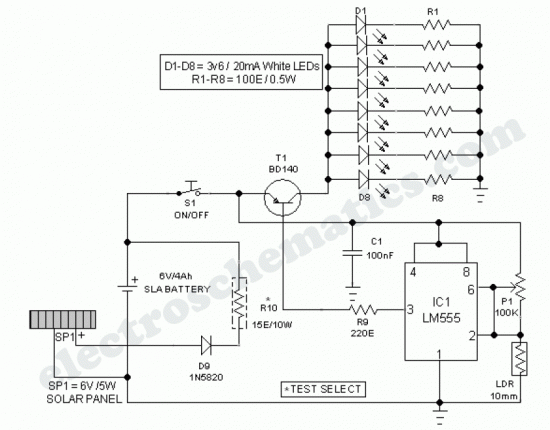
This project involves outdoor LED solar garden lights, which function as an automatic garden lighting system utilizing a light-dependent resistor (LDR) and a 6V/5W solar panel. During daylight hours, the internal rechargeable 6 Volt sealed lead-acid (SLA) battery is charged by the solar panel through a polarity protection diode (D9) and a current limiting resistor (R10). When ambient light levels are adequate, transistor T1...
The circuit operates by harnessing solar energy to power LED lights in garden settings. The solar panel collects sunlight, converting it into electrical energy, which is then used to charge the SLA battery during the day. The diode (D9) is crucial for preventing reverse current flow, ensuring that the battery does not discharge back into the solar panel at night. The current limiting resistor (R10) is employed to regulate the charging current to protect the battery from overcharging.
The LDR plays a pivotal role in the automatic operation of the garden lights. It senses the ambient light levels; when the sunlight diminishes at dusk, the resistance of the LDR increases, triggering the base of transistor T1. This action allows transistor T1 to conduct, thereby activating the LED lights connected to the circuit. This automatic switching feature ensures that the lights turn on only when needed, providing an energy-efficient solution for outdoor lighting.
In addition to the components already mentioned, the circuit may also include a few capacitors for stabilization and noise filtering, enhancing the reliability of the system. Proper placement of the solar panel is essential to maximize sunlight exposure throughout the day. The entire setup can be housed in a weatherproof enclosure to protect the electronic components from the elements, ensuring longevity and durability of the garden lighting system.This Outdoor LED Solar Garden Lights project is a hobby circuit of an automatic garden light using a LDR and 6V/5W solar panel. During day time, the internal rechargeable 6 Volt SLA battery receives charging current from the connected solar panel through polariy protection diode D9 and current limiting resistor R10.
If ambient light is normal, transistor T1.. 🔗 External reference
The circuit operates by harnessing solar energy to power LED lights in garden settings. The solar panel collects sunlight, converting it into electrical energy, which is then used to charge the SLA battery during the day. The diode (D9) is crucial for preventing reverse current flow, ensuring that the battery does not discharge back into the solar panel at night. The current limiting resistor (R10) is employed to regulate the charging current to protect the battery from overcharging.
The LDR plays a pivotal role in the automatic operation of the garden lights. It senses the ambient light levels; when the sunlight diminishes at dusk, the resistance of the LDR increases, triggering the base of transistor T1. This action allows transistor T1 to conduct, thereby activating the LED lights connected to the circuit. This automatic switching feature ensures that the lights turn on only when needed, providing an energy-efficient solution for outdoor lighting.
In addition to the components already mentioned, the circuit may also include a few capacitors for stabilization and noise filtering, enhancing the reliability of the system. Proper placement of the solar panel is essential to maximize sunlight exposure throughout the day. The entire setup can be housed in a weatherproof enclosure to protect the electronic components from the elements, ensuring longevity and durability of the garden lighting system.This Outdoor LED Solar Garden Lights project is a hobby circuit of an automatic garden light using a LDR and 6V/5W solar panel. During day time, the internal rechargeable 6 Volt SLA battery receives charging current from the connected solar panel through polariy protection diode D9 and current limiting resistor R10.
If ambient light is normal, transistor T1.. 🔗 External reference
Warning: include(partials/cookie-banner.php): Failed to open stream: Permission denied in /var/www/html/nextgr/view-circuit.php on line 713
Warning: include(): Failed opening 'partials/cookie-banner.php' for inclusion (include_path='.:/usr/share/php') in /var/www/html/nextgr/view-circuit.php on line 713
